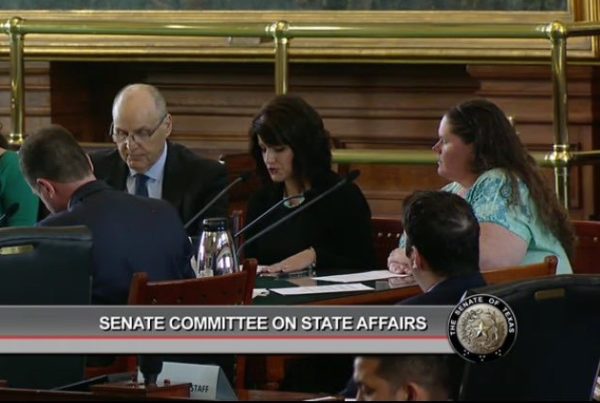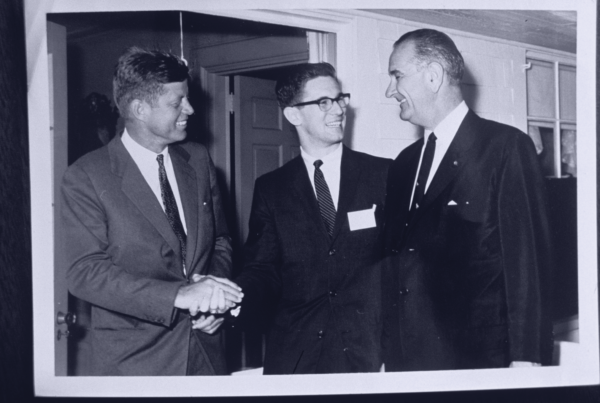Texas reported more than 3,100 hospitalized COVID patients as of Wednesday, including 72 pediatric cases. About 1,000 of those cases are occupying ICU beds. One area of Texas experiencing a higher than average hospitalization rate is the Panhandle.
Dr. Todd Bell is health authority for the City of Amarillo and an associate professor at Texas Tech University’s Health Sciences Center. He joined Texas Standard to discuss the state of COVID-19 in the Panhandle.
Listen to the interview above or read the transcript below.
This transcript has been edited lightly for clarity:
Texas Standard: What’s the current situation in Amarillo? How strained are hospitals and staff?
Dr. Todd Bell: Well, I think that’s the right word, “strained.” The system is not broken. We’ve got good staff, we’ve got good people up here and we’re taking care of each other. But we definitely are seeing that there has been an increase in the number of patients who are admitted to the hospital with COVID. That puts a strain on the system. It’s a time of year when we often start seeing a lot of other respiratory illnesses as well. Those things in combination really do put, as you said, a strain on the health care system.
What do you attribute this increase to?
We have to say that this is human behavior at this point. As far as we know, almost all of our cases are the delta variant. We haven’t had any confirmed cases of omicron. We’ve seen that this post-holiday bump has definitely been something that continues to surge like we were seeing earlier in the year, over the past six to eight weeks. Unfortunately, up here in West Texas, we have probably the lowest vaccination rate across the state. So we don’t have as many people with that good protection from vaccination. So when people do get infected, there’s unfortunately a higher risk of them being admitted to the hospital.
The Texas Tribune reported today that 56% of Texans are fully vaccinated against COVID-19. What are the numbers in Amarillo?
As far as fully vaccinated, we’re still below 50%. We had a lot of vaccine hesitancy when we looked at vaccine rollout. Initially, we actually had a pretty good rollout, an uptick very early after vaccines were available. But then we just had a lot of folks that were kind of hesitant. They either thought that COVID was a mild issue that was not going to affect them or they had concerns about the vaccine. Then, instead of being able to get some of that good information that is out there, they tend to listen to friends and neighbors and folks who also had concerns. That becomes kind of a circuitous logic that people end up avoiding the vaccine and miss opportunities to avoid hospitalizations.
You mentioned Amarillo had a post-holiday bump, which I assume referred to Thanksgiving gatherings. Now we’re coming up on a second round of family get-togethers at the end of December, what are your concerns?
It is definitely a concern. Our delta surge started back in July and August. We started to plateau off and by the end of October had started coming down quite a bit on our case numbers. Then, they started to go back up. I don’t know if it was necessarily people gathering at Halloween, but that time of year, folks tend to get together for ball games. They tend to get together for concerts. From there forward, we saw that over the month of November, our case rates rose again. Then after Thanksgiving, the same thing. Now, just over the past couple of days, we’ve seen that we’ve plateaued off a little bit. There’s definitely a concern that as people get together for Christmas, especially those who are unvaccinated, that we’re going to see additional pressure on the health care system as we have more people sick from those holiday gatherings.
What are you telling people right now?
What we’re really wanting folks to do is get vaccinated if they haven’t been vaccinated. If they are unvaccinated and aren’t going to be, then they need to be cautious in how they interact with other folks. If they’re at a family gathering, they need to be wearing a mask if they’re going to be indoors. They need to try to do activities outdoors as much as possible. We definitely want people to be able to enjoy their families, but they need to try to do it safely so that their families will be around for other Christmases to come.













